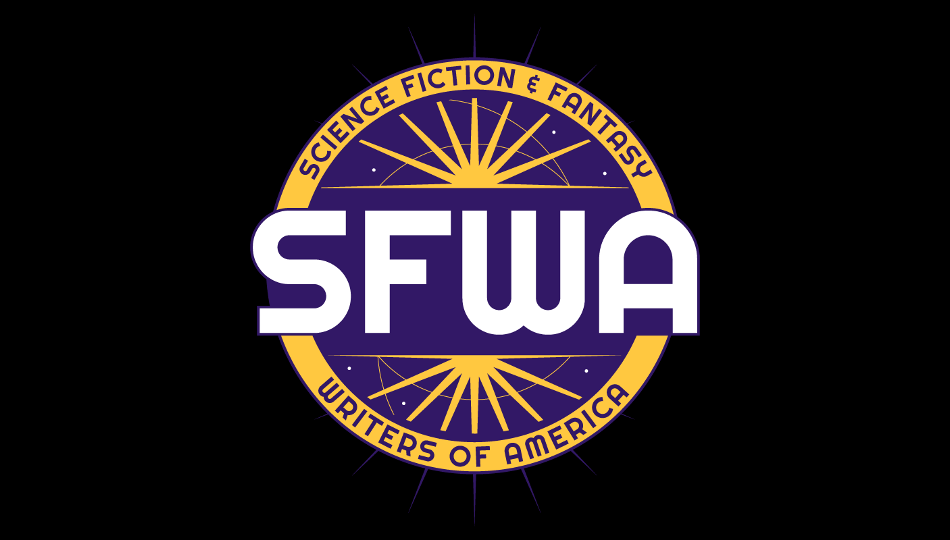In Those Early Drafts, I looked at the sometimes complex task of getting a messy first draft edited and refined into a legible manuscript. I briefly touched on the importance of reader input in the early editing process of a story and thought those readers deserved more than just a passing mention.
Because the details of a storyline can be erratic and fluid – at least initially – an early draft of a novel might not give anyone a true impression of the image inside a writer’s head. Long, rambling descriptions of what I eventually plan to have the scene look like is not going to interest a reader for long. I may also write one scene three different ways to choose from during the next draft. Or have several pages of internet research pasted in at the end of a chapter for later reference.
A novel is a work in progress that never really stands up to let you know when it’s finished. Like life itself, every decision alters more than just the single detail you may be pondering at the moment.
I have a painter friend who may also go through several “drafts” of a painting before it looks anything like the image she’s aiming for. She’ll make several pencil sketches before drawing the first lines on her canvas. Even the initial washes of background color and hazy objects will likely mean nothing to outsiders without an explanation of how it relates to the final piece.
At some point both writer and painter need to check in with someone else: “This is something new I’ve been working on. What do you think?” I’ve sometimes sent word files to friends and asked them to please tell me if I can stop; otherwise, those nit-picky changes could go on forever.
That’s why the first novel I wrote, Immortal Dilemma, is not my first published novel, and has now become the longest writing exercise I’ve ever endured. I was working on a short story that wouldn’t stop when I got to the end. So I kept going and created an awkward, shambling drama that was too big for its britches. After a couple of drafts, where I rewrote random scenes without taking the whole into account and changed the name of the story several times, I gave up on it and moved on to another project.
I went back and forth between the two stories for a couple of years, lost in the immensity of these two projects which were each dozens of times bigger than any short story I’d ever written. Eventually it occurred to me to ask someone to read the latest version of that first story. A friend who had read many of my shorts took a printed copy home and must have run several red pens dry because the results were not what I’d hoped for.
My awkward twisty timeline was a tangled mess and he said none of my characters were believable. Ouch. Now, I love some good constructive criticism where it needs it and most of his suggestions were good ones, but it meant another massive re-write. After plodding through his more mundane corrections regarding verb tense agreement and adverb overuse, I listed each of his suggestions that would have a more wide-ranging effect on the story itself and got down to the serious work. I started with the easy suggestions, and once I’d managed to cross off most of my list, I tackled the one change that I was most reluctant to make.
It seemed simple on the surface: start the story with the opening scene of chapter four. For that to make sense, I had to change several other scenes that initially happened before chapter four. Then I had to figure out the changes in exposition and foreshadowing and had to create a whole new character and seed him throughout the story. All in all, about as much work went into this “one” suggested change as all the others put together.
When I had a brand new draft ready, I gave it again to this same friend. He had several new suggestions based on some of the changes I had made – all great ideas – and confirmed that the characters were now more interesting and well-rounded. And about moving chapter four to the head of the line: “It was better the other way. You should change it back.” Ouch again.
Had I listened to my gut instinct initially, I would not have made his suggested change in the first place. I learned a hard lesson that day. When I balked at making a substantial change in the story but did it anyway, I forgot whose story it was. The prospect of changing it back was such a daunting project that I haven’t been back to it since.
I’m now more likely to challenge an early reader who makes enthusiastic suggestions regarding drastic plot changes or character development. If they can’t give me a better reason than “it would be cooler” or “just my opinion”, I thank them and ignore the suggestion – unless I agree that it would be cooler and am just daunted by the task of making said change, in which case I’ll likely brood on it until I get off my whiny butt and fix it. I may even hand it back to the same person to see if indeed it is cooler.
My current batch of early readers are a varied bunch. Some are picky proofers who root out all those pesky grammar issues and point out flimsy subplots or inconsistent information, while others are born researchers who offer me details and suggestions that enrich scenes and bring them more authenticity. My favorite early readers are simply fans who provide me with quick feedback on entertainment value. In other words: is the story readable? Does it make sense? Is it fun?
The earliest readers of a new story are the people who can tell you right away if it’s going in the direction you intended it to. They give you an early snapshot of the effect of the story, at a point where there may be so many versions and possibilities swimming around in your mind that you just can’t see the whole anymore.
I’ve sometimes had to train those early readers, by prompting them for more info than just “I liked it. It’s a good story.” I do that by asking the questions I most often don’t want to ask, like “Which part of the story annoyed you the most?” or “At what point in the story did you want to stop reading?” or even “What part made you roll your eyes?”
Asking these questions has often made a reader think back and identify weak areas in a story, which gives me the opportunity to rework a scene and give it more punch. This helps me to create a stronger story so that when I finally hand over the manuscript to a professional editor, she doesn’t have to worry about my atrocious grammar and repetitive adverb use and can simply help me to craft the bestseller that I’ve been waiting for.
“No tears in the writer, no tears in the reader. No surprise in the writer, no surprise in the reader.”
– Robert Frost











I’m sometimes tempted to post a lengthy reply because you touch on subjects that evoke visceral reactions. Recently I’ve been coming back to your posts because you’ve pricked tender issues I see in my own writing processes. In sharing your pain … I feel almost normal.
Thanks, J. Jay!
I always appreciate feedback ( and totally grateful that someone out there is reading these posts 🙂 ) so feel free to comment anytime. It’s helpful to know if these words are affecting anyone out there, plus I’m glad to hear that I’m not the only one who’s going through these issues!